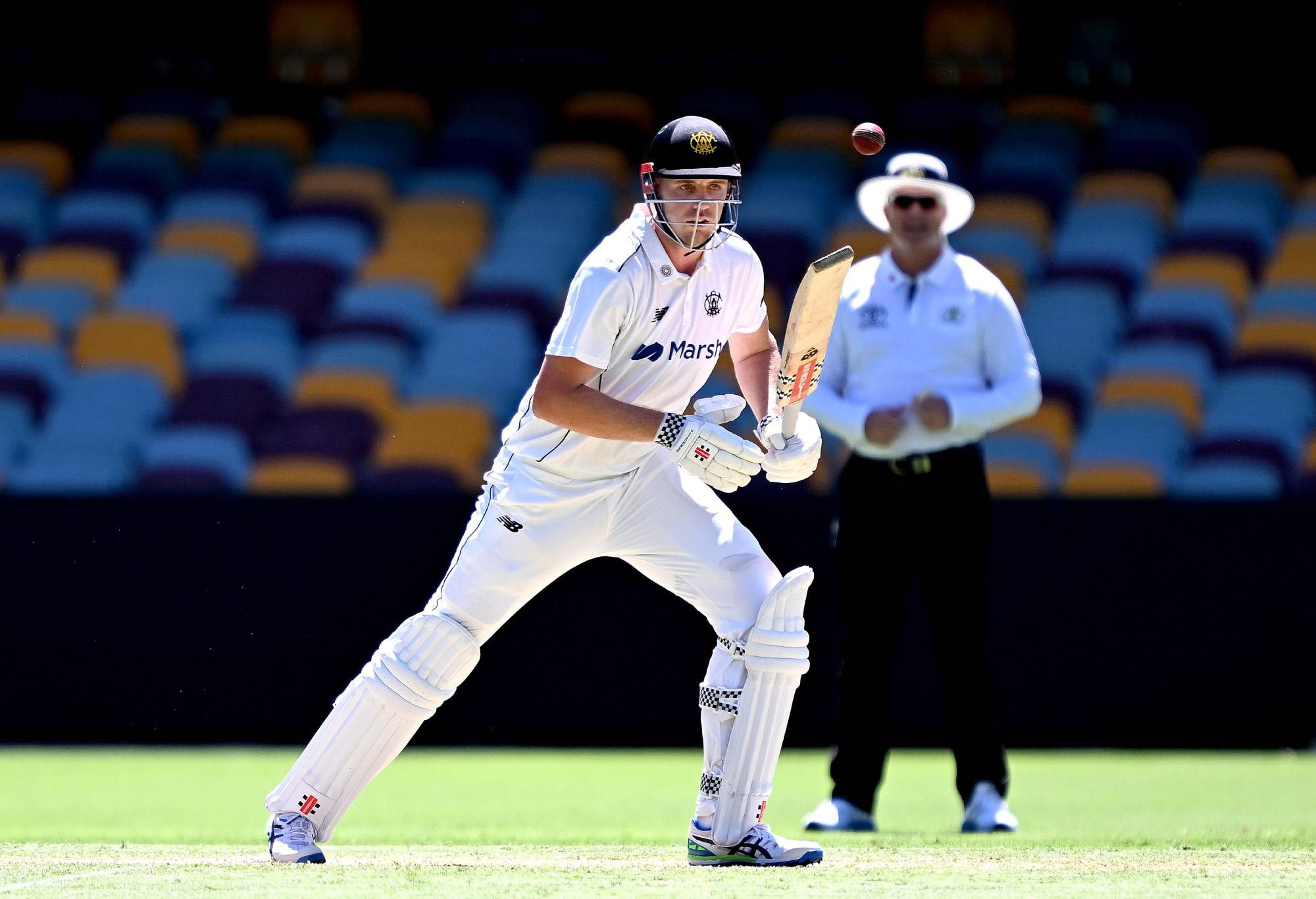‘Something special’ factor: Callous critics need to realise Green could be Australia’s Jacques Kallis

The term once-in-generation player is overused in all sports and spotting the player who takes that mantle is an inexact science to say the least.
For the Australian cricket team, the current player who has been the standout among his peers is undoubtedly Steve Smith although Pat Cummins is mounting a solid case as the next best thing with his bowling feats.
Smith is on the way out and Cummins probably only has a few peak years left as a fast bowler although in the James Anderson era, who is to say the 30-year-old Australian skipper won’t keep soldiering on to the end of, and possibly beyond, the 2020s. The decade that is, not the format.
Prior to Smith, it was Michael Clarke and Ricky Ponting who elicited audible oohs from true legends of yesteryear when they started out in the Australian team.
Shane Warne was their predecessor who – although it took him a few Tests to find his feet – quickly showed he was going to be something special.
Australia have not had a player who has fallen into that category since Cummins made his Test debut as a teenager 13 years ago despite a lot of top-quality layers making their mark in the international arena.
The one player who could fit the bill of being a class above the sport’s very best is Cameron Green.
If you were to design a player in a Petrie dish – not allowable in the ICC bylaws unless the laboratory is based on India – then Green is the prototype for what Australian cricket has been chasing for decades.
A tall all-rounder who can bowl with pace, bat with a textbook technique while also having explosive hitting range and swallow up any catch that comes within his ultra wide wing span in the cordon.
Australia have invested heavily in their blue-chip Green prospect.
Cameron Green plays a shot during a Sheffield Shield match at The Gabba. (Photo by Bradley Kanaris/Getty Images)
The selectors made the right decision to go with Mitchell Marsh ahead of him midway through the Ashes series when Green looked tired in the middle of a lengthy stretch where he was in transit or playing pretty much every day for months on end due to Australia’s tour of India, the IPL, the World Test Championship final and the showdown with England.
They kept him out of the recent Pakistan series and he’s only had two hits – a 96 for Western Australia and 46 for the PM’s XI against Pakistan – because he’s brushed the BBL. A wise move.
And now the first chance they get they’ve rushed him back for George Bailey’s “six best batters in the country” policy, shifting a surprisingly willing Steve Smith to opener.
Critics of the move point to Green’s modest Test average of 33.59, including just one ton, from his first 24 Tests since his debut a tick over three years ago.
That’s still a better return over that timeframe than the player he’s replacing in the line-up.
And then there’s the not insignificant matter of 30 wickets at 36.
It’s nowhere near make or break for Green but now is the time that Australian cricket expects to start seeing prodigious return on their investment, primarily in the form of match-winning performances with the bat.
Particularly with the current bowling quartet tearing through opposing line-ups and Marsh chipping in with handy wickets, Green’s seamers are not irrelevant but they’re not what you would call necessary.
If he bowls more than a handful of overs in the two Tests against the West Indies it’d be a surprise.
He needs to prove he can bat at No.4 in Tests, acting as the mainstay with Marnus Labuschagne before Travis Head and Marsh take a more aggressive approach once the new ball has lost its shine and shape.
The best-case scenario for Australia is for Green to morph into a player reminiscent of what Jacques Kallis did for South Africa over the best part of two decades from 1995-2013.
He was thrown into the deep end early and could have sunk without a trace of selectors hadn’t been patient. Kallis averaged 8.14 with the bay after his first five Tests after running into a powerful Australian line-up.
The Proteas then took him to Australia and he repaid the faith with a fighting hundred in a fourth-innings run-chase at the MCG against an attack of Shane Warne, Glenn McGrath, Paul Reiffel and Michael Kasprowicz.
Even after that breakthrough innings it took time for him to get up to speed with batting in the top six and being called upon to be a reliable fourth pace option.
Kallis didn’t average over 30 until his 20th match and after 24, the same stage where Green is, he was ticking along at 36 with the bat and 27 with the ball.
His final career tally of 13,289 runs at 55.37 and 292 wickets at 32.65 make him one of the statistically greatest players of all time.
Who knows what the future holds with the number of Tests to be played each year over the span of Green’s career in the next decade but he has the potential to be a dominant force with bat and ball for Australia.
The potential is immense. With few other young options putting pressure on the nine 30-somethings in the Test XI, Green can be something special.
His peers like Will Pucovski, Aaron Hardie, Todd Murphy, Lance Morris and Tanveer Sangha have for one reason or another had limited opportunities in the national team set-up.
But Green can be the cornerstone for the all three teams for the next decade and for that reason alone, it’s worth shuffling the batting order around to see if he can be that once-in-a-generation player that Australian cricket needs to stay at the top.
